Category: Uncategorized
-
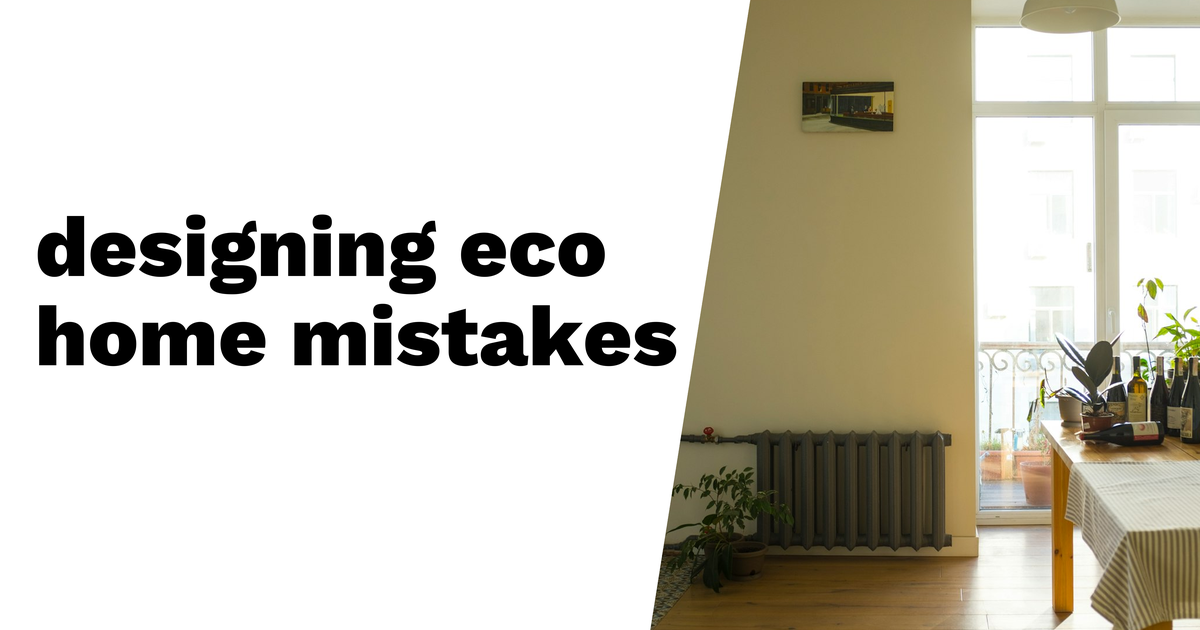
7 Mistakes to Avoid When Designing Your Eco Home
Designing an eco home can be rewarding, yet common mistakes like ignoring codes, poor builder choice, and neglecting land and design can hinder success.
-
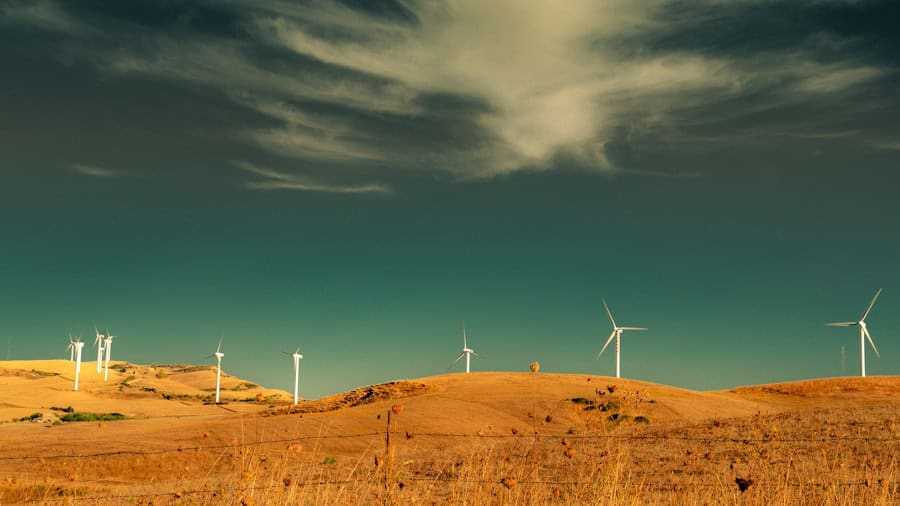
The Rise of Biomass: How Organic Waste is Fueling Renewable Energy
Biomass energy is a renewable energy source that is derived from organic materials such as plants, wood, and agricultural and urban waste. These organic materials are used to produce heat, electricity, and biofuels, making biomass energy a versatile and sustainable alternative to fossil fuels. Biomass energy has been used for centuries, with early humans using…
-

Navigating the World of Green Certifications: What You Need to Know
In today’s world, the importance of green certifications cannot be overstated. As the global population continues to grow, the demand for resources and energy is increasing at an alarming rate. This has led to a rise in environmental degradation, climate change, and other ecological issues. In response to these challenges, businesses and organizations are increasingly…
-
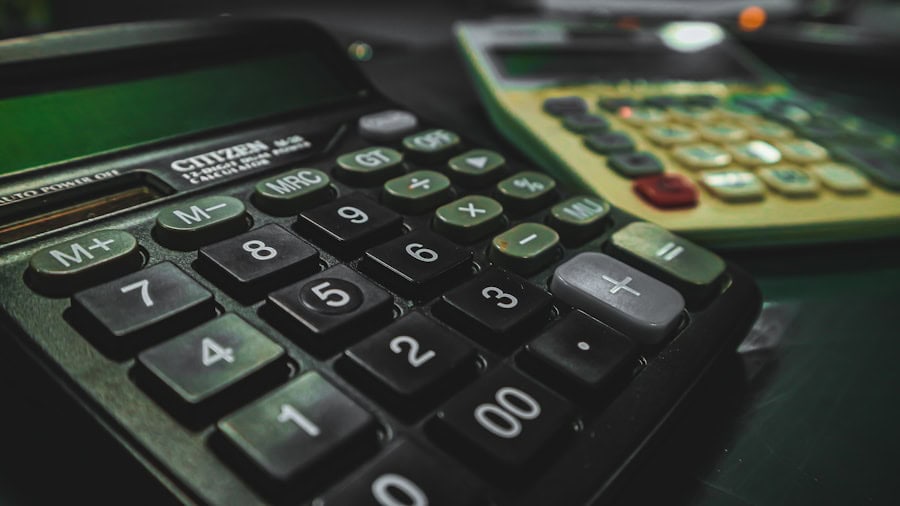
The Surprising Impact of Your Carbon Footprint on the Environment
The term “carbon footprint” refers to the total amount of greenhouse gases, specifically carbon dioxide, that are emitted directly or indirectly by an individual, organization, event, or product. This measurement is used to gauge the impact of human activities on the environment, particularly in terms of climate change. The concept of carbon footprint has gained…
-
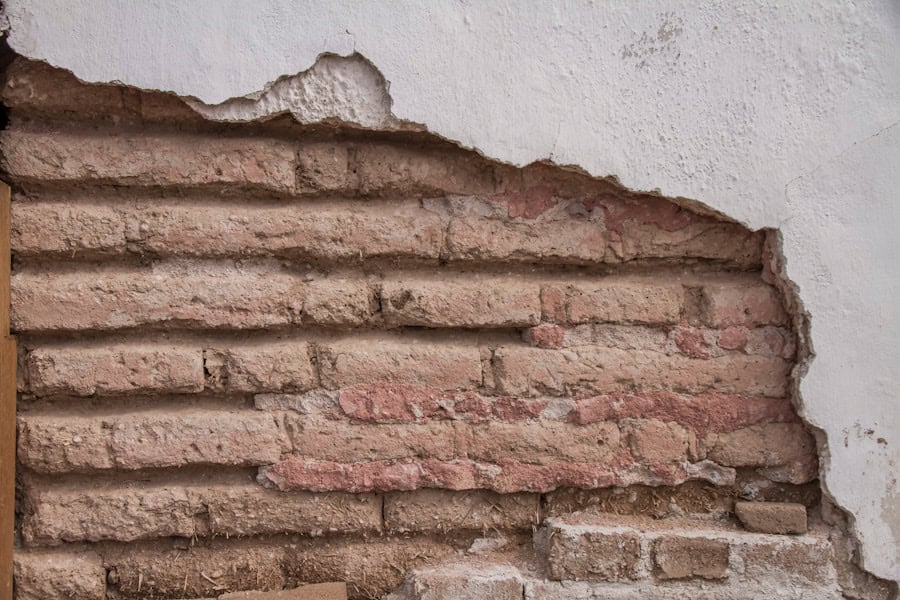
The Beauty of Natural Building Materials: A Sustainable Choice for Your Home
Natural building materials have been used for centuries to construct homes, buildings, and structures of all kinds. These materials are derived from the earth and are minimally processed, making them a sustainable and environmentally friendly choice for construction. From clay and straw to wood and stone, natural building materials offer a unique aesthetic and a…
-

The Surprising Benefits of Reducing Waste in Your Daily Life
Reducing waste has a significant positive impact on the environment. When we produce less waste, we reduce the amount of materials that end up in landfills, which in turn reduces the release of harmful greenhouse gases such as methane. By reducing waste, we also decrease the demand for raw materials, which helps to conserve natural…
-
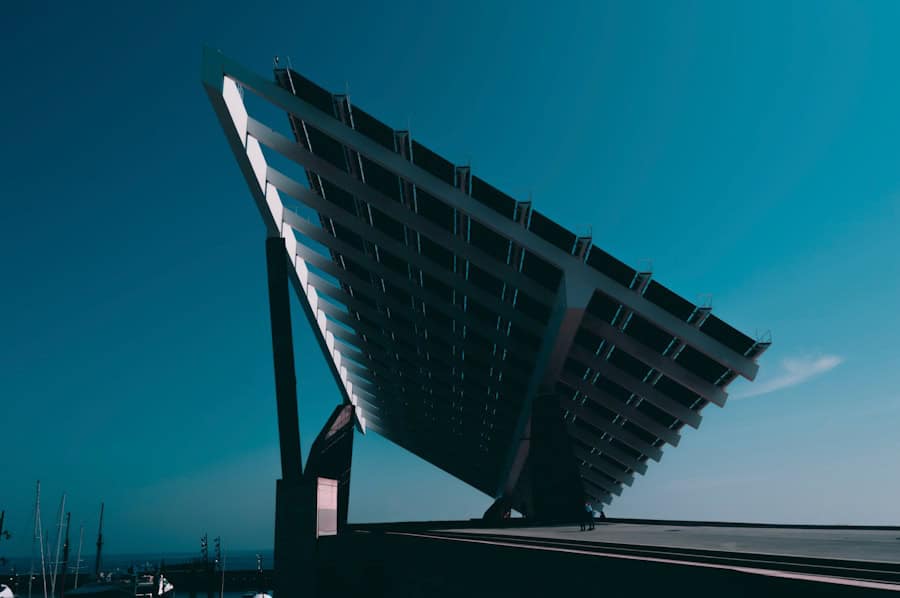
Shedding Light on Energy Efficiency: How LED Lighting Can Save You Money
LED lighting has become increasingly popular in recent years, and for good reason. There are numerous benefits to using LED lights, including their energy efficiency, long lifespan, and environmental friendliness. LED lights use significantly less energy than traditional incandescent bulbs, making them a more sustainable choice for lighting. Additionally, LED lights can last up to…
-
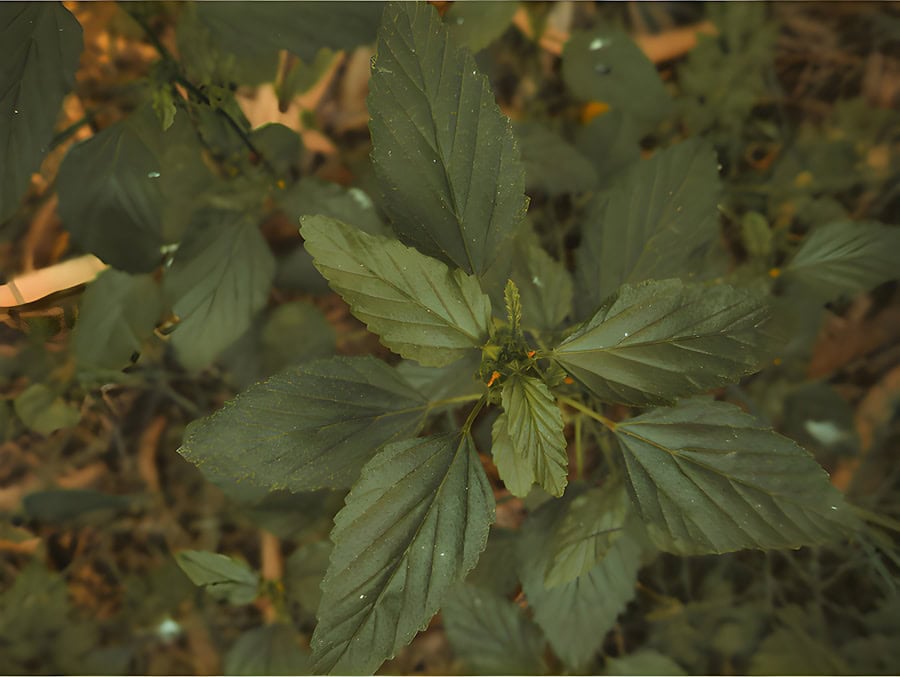
The Top Eco-Friendly Plants for a Sustainable Garden
Sustainable gardening is a practice that aims to create and maintain a garden that is environmentally friendly, economically viable, and socially responsible. It involves using eco-friendly plants, minimizing the use of chemicals and pesticides, conserving water, and promoting biodiversity. Sustainable gardening is not only beneficial for the environment, but it also creates a beautiful and…
-

From Trash to Treasure: DIY Eco-Friendly Decor Ideas
In recent years, there has been a growing trend towards eco-friendly living and sustainable practices. One area where this trend has become particularly prominent is in home decor. Many people are now choosing to create their own DIY eco-friendly decor, not only to save money, but also to reduce their environmental impact. DIY eco-friendly decor…
-
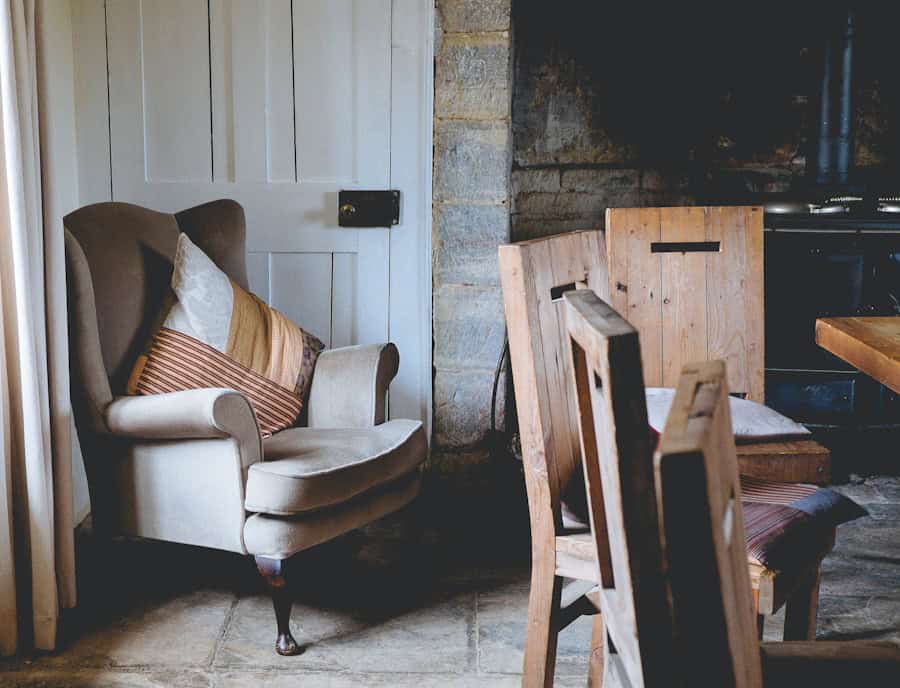
Sustainable Style: The Rise of Reclaimed Wood in Interior Design
Reclaimed wood is a sustainable and environmentally friendly option for interior design and furniture. By using reclaimed wood, we are able to reduce the demand for new timber, which in turn helps to preserve forests and natural habitats. The process of sourcing and using reclaimed wood also helps to reduce the amount of waste that…
